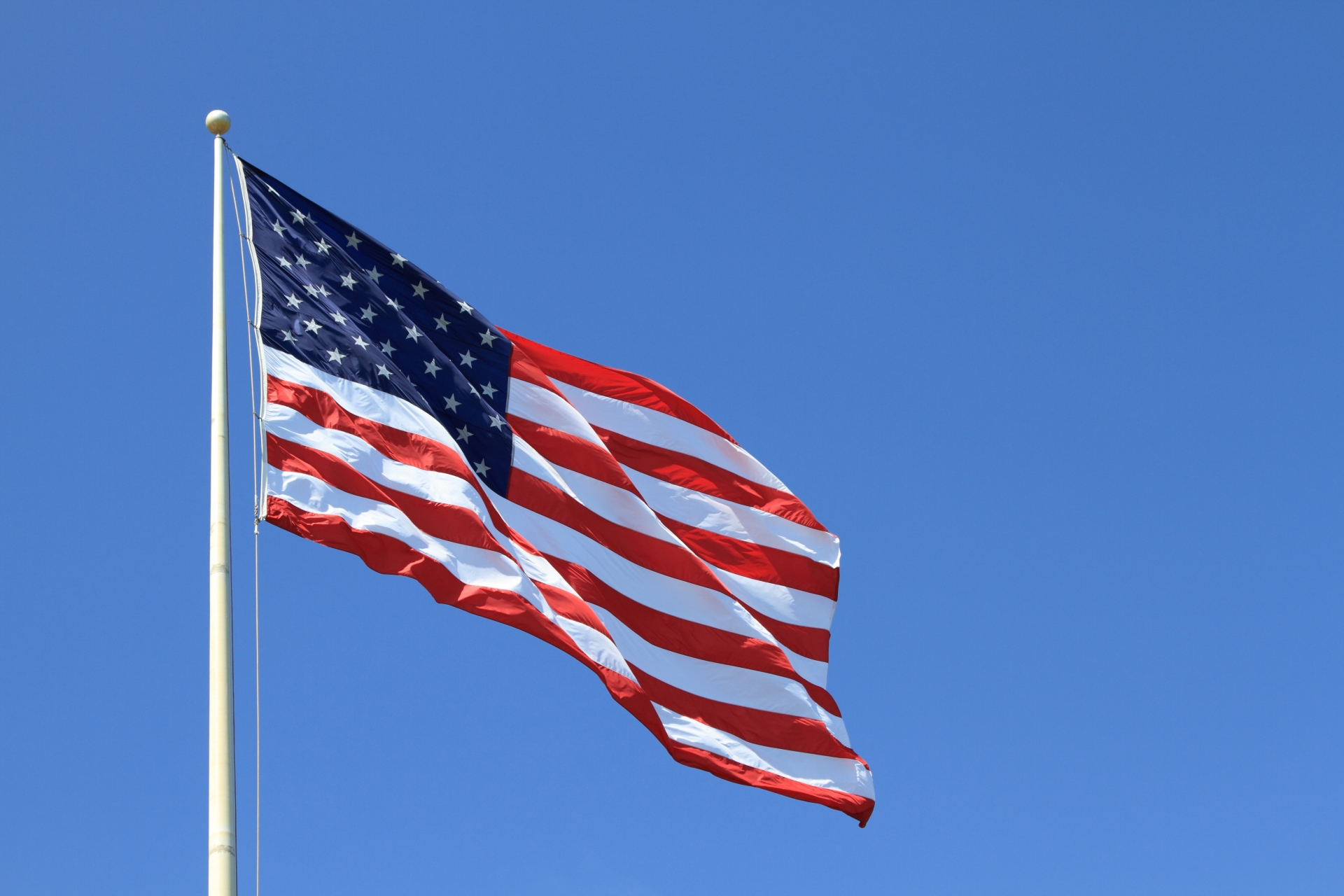The southern U.S. state of Texas is known as one of the hottest states in the country. In summer, temperatures can sometimes reach close to 40°C (104°F). Because Texas is such a vast state, encompassing both arid and humid regions, the causes of heat and the ways to deal with it vary by area.
Here, we will explain in detail why Texas gets so hot, how to cope with the heat, and where to find relatively cool spots.
1. Causes of Heat in Texas
1-1. Vast Geography and Climate Diversity
- Texas is the second-largest state in the continental U.S., with diverse landscapes such as deserts, plains, wetlands, and coastal areas.
- The western region (e.g., El Paso) is arid, with intense sunlight and rapidly rising temperatures.
- The eastern region (e.g., Houston) is humid, characterized by oppressive heat combined with high humidity.
1-2. Moist Air from the Gulf of Mexico
- In humid areas, warm, moist air from the Gulf of Mexico flows inland, greatly increasing the heat index.
- High humidity makes it harder for sweat to evaporate, causing the heat index (perceived temperature) to feel much higher than the actual air temperature.
1-3. High Pressure and Heat Domes
- In summer, a subtropical high-pressure system often lingers over the southern U.S., trapping heat at the surface.
- In recent years, heat dome phenomena have caused stretches of consecutive days exceeding 40°C (104°F).
1-4. Urban Heat Islands
- Cities like Dallas, Houston, and Austin absorb and retain heat due to asphalt and concrete, making nighttime cooling slow and ineffective.
2. Heat Countermeasures
2-1. Personal Measures
- Stay hydrated by regularly consuming water and electrolytes, especially during outdoor work.
- Wear breathable, quick-drying clothing, along with hats and sunglasses.
- Avoid going out during midday; schedule activities for mornings or evenings.
2-2. Home Measures
- Use blackout curtains or shades to block direct sunlight.
- Improve roof and wall insulation to reduce indoor heat buildup.
- Combine air conditioning and fans, and use dehumidifiers if needed.
2-3. Community and Government Measures
- Operate cooling centers (publicly accessible air-conditioned spaces).
- Issue extreme heat alerts and promote heat safety via public transportation announcements.
- In some municipalities, provide assistance for installing air conditioners for seniors and low-income households.
3. Cooler Spots (Summer Retreats)
3-1. Mountain Areas in West Texas
- Davis Mountains and Guadalupe Mountains are higher in elevation, offering cooler mornings and evenings even in summer.
- Towns like Marfa and Fort Davis are popular summer getaways.
3-2. Texas Hill Country
- The hilly area stretching from west of Austin to northwest of San Antonio has many rivers and lakes, with some relatively cool locations.
- Examples include Fredericksburg and Kerrville.
3-3. Springs and Rivers for Cooling Off
- San Marcos River and Comal River are famous for tubing, a local summer tradition.
- Barton Springs Pool in Austin maintains a water temperature of about 20°C (68°F) year-round.
Summary
| Category | Details |
|---|---|
| Causes of Heat | Vast geography with diverse climates, moist air from the Gulf, heat domes, high pressure, urban heat islands |
| Heat Measures | Hydration and electrolyte intake, avoiding midday outings, shading and insulation, using AC and dehumidifiers |
| Cooler Locations | Davis Mountains & Guadalupe Mountains, Hill Country rivers and lakes, spring-fed spots (e.g., Barton Springs) |



コメント